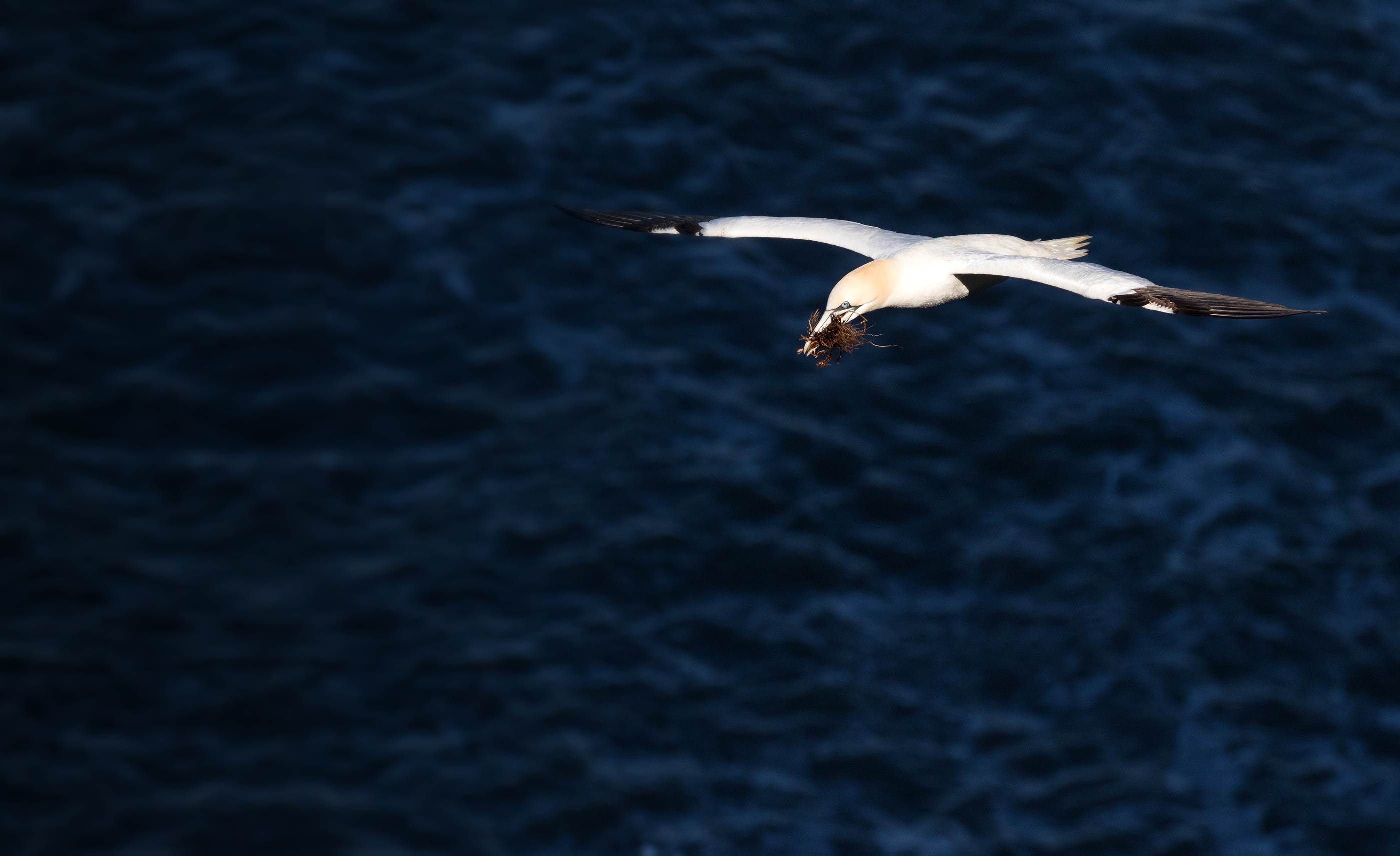In spring we fitted our six new recruits to the UK Cuckoo Tracking Project with 2g satellite tags for the first time. Whilst these are similar in design to the 5g tags previously used, the lighter, smaller tags mean we are able to fit them to lighter and smaller birds, opening up opportunities for future tracking projects. The benefit of using a smaller tag does come with costs, however. The 2g tag has a lower power output than the larger tag and, because it is physically smaller we are finding that the solar panels are being covered to a greater extent by the bird’s feathers. This results in fewer and poorer quality locations, especially when the bird is under cover within its habitat. As a consequence the journeys of these new birds might not always be quite as easy to follow and some erroneous positions may be plotted on the maps. We still expect to get enough to enable us to see their migrations unfold and add to the wealth of information that we already have so stay tuned!
170435 settled close to Venice
- 07 Jul 2017
Locations received from 170435's tag show that he is settled close to the Piave River between Fossalta di Piave and San Dona di Piave. Looking on Google Earth the banks of the river have small areas of riverine woodland. This could prove to be 170435's staging area in preparation for his desert crossing.
170435 continues to Italy
- 28 Jun 2017
By the early hours of 23 June, Cuckoo 170435's tag was sending signals from southwest Germany, roughly 20km (12 miles) south-west of the city of Mannheim, which sits on the Rhine and Neckar rivers. He was 775 km (480 miles) from his breeding grounds in Nottingham. Signals received yesterday reveal that he has continued southwards and by early evening was in Italy, north of the Venetian Lagoon and not far from the City of Venice.
170433 and 170435 tagged in Sherwood
- 22 Jun 2017
170433 and 170435 are our two newly tagged Cuckoos from Sherwood Forest. They join Selborne, who was tagged in the New Forest area in 2016.
- ‹ previous
- 2 of 2
Information on this page is only for illustrative purposes and can not be used without our permission © British Trust for Ornithology 2024.


